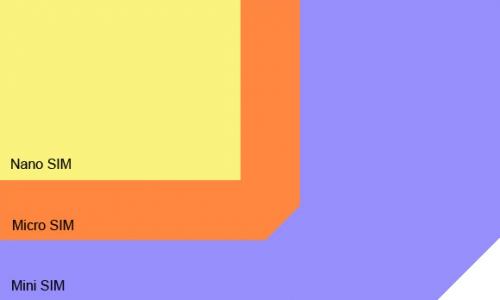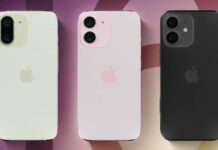I told you yesterday that Apple and several other large mobile phone companies are trying to convince ETSI to adopt a new standard for cards. Nano-SIM Card is the name of the new cards that mobile phone manufacturers want to use in future devices and Nokia, Apple, RIM and Motorola each have their own proposal regarding the design of the cards, the proposals being sent to the European Telecommunications Standards Institute (ETSI), the organization that will decide what standard is to be imposed. Those from Nokia are unhappy with Apple's proposal, saying that the design designed by the American company is wrong because it would break more easily, have an ugly design and cause confusion among users.
Those from Nokia say that the design proposed by Apple would not require reducing the size of the card because that card should be used in a "SIM drawer", so the dimensions would remain the same. Nokia claims that its design involves the reduction of card sizes, does not generate confusion and would be easier to adopt on a large scale by all mobile operators. No matter what the final result will be, it is clear that Apple has once again sparked controversy, but there is a good chance that it will win the case because it has the support of mobile phone operators. Below is the official position of the Nokia company regarding this issue.
Apple's proposal does not meet all of the pre-agreed requirements for ETSI's planned 4FF standard (the so-called nano SIM). The proposal from Nokia, RIM and Motorola does.
Nokia believes that our proposal has features which would make it easier for consumers to insert and remove the SIM without damage. Additionally, our proposed SIM has different dimensions from a micro SIM, one of ETSI's requirements, which would avoid it getting stuck if inserted by mistake into a phone with a micro SIM slot. Apple's proposed card is the same length as the width of current micro SIMs and so would risk jamming, leading to card and product damage.
We also feel that our proposal allows for more design options for the type of card reader, ie how the SIM is inserted into the device, to allow for a wider range of device form factors. Requiring a tray or SIM carrier would reduce design options and increase manufacturing cost, perhaps not significant for high end smartphones but it would be for lower cost devices.
The combination of our proposed card and the associated mechanics are smaller than those for a current micro SIM, allowing further miniaturization in devices. Although Apple's proposed card is smaller than current micro SIMs, when combined with the associated mechanics needed in the phone, we don't believe it represents a significant reduction in size. We believe that in practice it would mean it was just different from micro SIM, rather than smaller, which could be a barrier to broad adoption as an alternative to micro SIM, potentially leading to fragmentation.
In summary, Nokia believes that our proposed nano SIM would be easier for consumers to handle, enable a wider range of device designs and offer a true difference from the existing options with micro SIM. We look forward to continuing the discussions in more detail with our counterparts in ETSI.
















